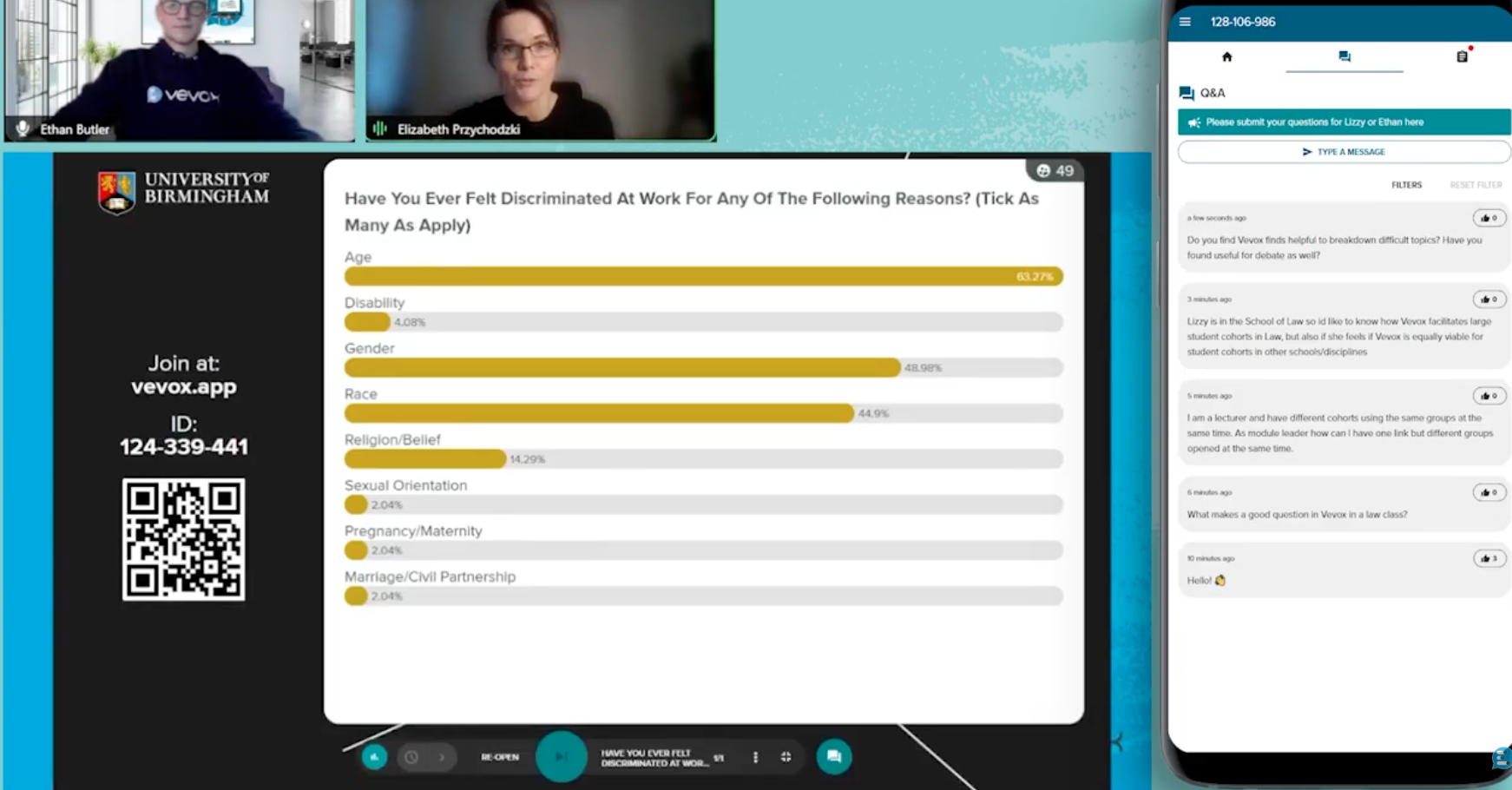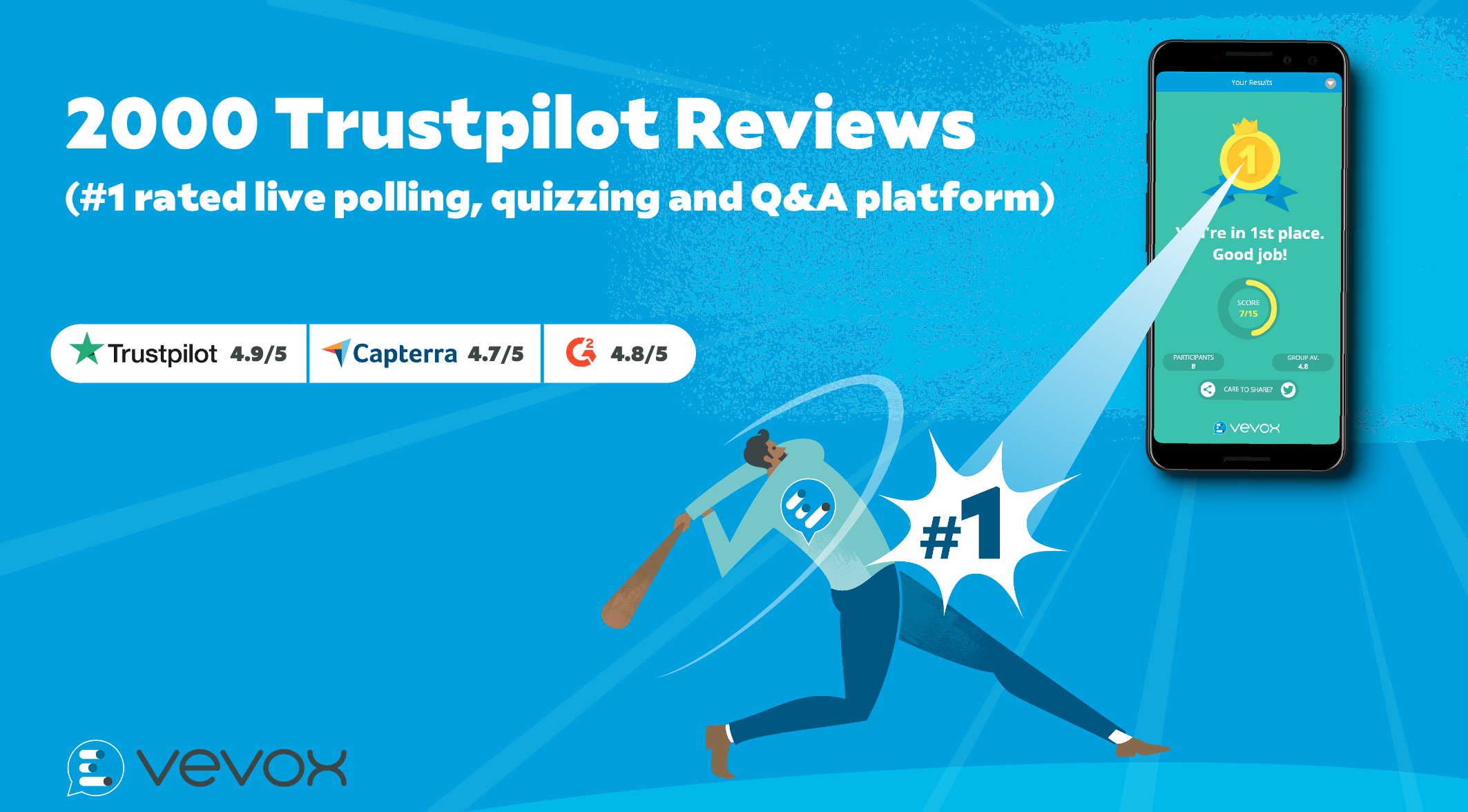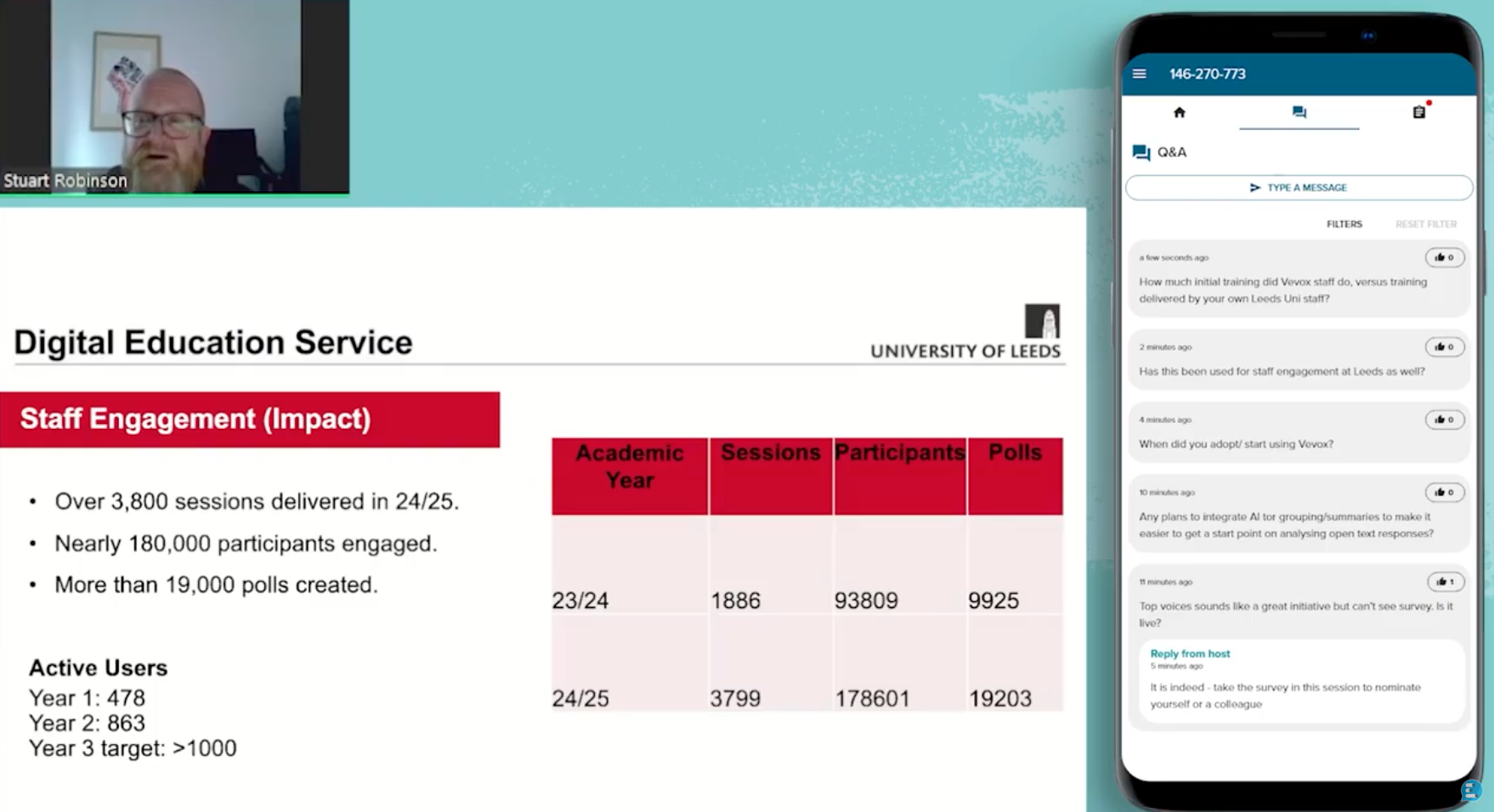Internal communication is integral to a company's success. It can help your organisation develop and grow, as well as provide employees with a sense of pride in their work. But how do you go about creating an effective internal communication strategy? It's no longer sufficient to simply post a notice on your employee bulletin board every morning; you need to make sure your employees are aware of any updates or changes that could affect them in real-time. In this article, we'll go over some helpful tips that will help you develop an effective internal communication strategy.
1. Define your IC goals (and corresponding KPIs)
Before you start on your internal communication strategy, you need to define the problem. What are your KPIs? Don't worry too much about what other people's goals are--focus on your own and the organisation. Be ambitious, but stay realistic.
For example, if you're looking to increase employee engagement in your company over the next three months, this could translate into a goal of increasing participation in weekly team meetings from 20% to 80%. That's a worthy goal! Or maybe you want to decrease turnover rates by 5% over the next six months. That would be great too! You get the idea: be specific and ambitious enough that it will challenge yourself and motivate others around you--but remember that these goals should also be realistic enough that they can actually happen (for example: don't set an unrealistic goal like "tripling our profits overnight". Not gonna happen).
2. Establish clear guidelines
Establish clear guidelines. It’s important to set clear goals and establish guidelines for the internal communication strategy. Before you begin, decide on what exactly you hope to accomplish through your internal communication plan. Do you want to improve employee engagement? Is it time to introduce a new performance management system? Once these objectives are established, develop a framework for how this will be accomplished. Define what is expected of employees, including how often they should receive communications from leadership and what format these communications should take (e-mail, in-person, hybrid meetings). Companies that have strong HR processes already in place can leverage them for measuring success through the use of surveys or other assessments that assess employee engagement levels before and after implementing their internal communication plan.
3. What does your employees want?
It’s important to understand what your employees want from a communication strategy. They want to be heard. Your employees are smart, hard-working people who have ideas for improving the business and its products. They want their voices to be heard at all levels of the organization.They also want information about what’s going on at work and in the world around them and they want you to share that information with them in an accessible way that won't leave them feeling overwhelmed or confused by jargon or industry lingo that isn't relevant to their personal lives outside of work.
And finally, when it comes down to it, everyone wants a say in how things get done, which is why internal communication can play an important role in creating buy-in for change initiatives within your company's structure.
4. How will you use the data collected?
Imagine you've collected the data and now you have a mountain of information on your hands. How will you use it? If your goal is to improve communication within your organization, then analyzing the data and coming up with a plan for improvement is critical. For example, looking at how users are engaging with your content can help determine which channels they're using most often or where there's room for improvement in terms of user experience.
5. Active listening
One of the most important components of internal communication is listening to your employees. In order to do this, you have to know where they are and what they are saying. You can use internal communication tools or apps such as Yammer or Slack that allow you to see what topics are trending in your company. You can also use surveys and social media feedback on Facebook, Twitter, etc., which can give you insight into employee needs and desires so that you can make decisions based on what is important for them.
6. Pay attention to important trends
To build an effective internal communication strategy, you need to:
- Understand the needs and interests of your employees
- Use data to make informed decisions about internal communications
- Use data to improve internal comms activities, messaging and events
- Understand what channels work effectively for your different internal audiences
- Learn the different the different behaviours of internal audiences
7. Make informed decisions
The best way to start is making informed decisions is by listening. The most successful internal communication strategies are created when you understand what your employees are looking for, then use the data collected to make informed decisions. If you want your employees to feel listened to and valued, they need to be given a voice. Listening is a great way of doing that while providing insight into how they want information delivered, who they want it from, what topics matter most and where there is room for improvement.
Conclusion
All in all, internal communication is an important part of any business. It allows you to understand what your employees think about their work and helps them feel good about what they do every day. But it’s not just about providing them with information or helping them solve problem, it’s also about demonstrating the value of their work by listening to them and showing that they matter.




